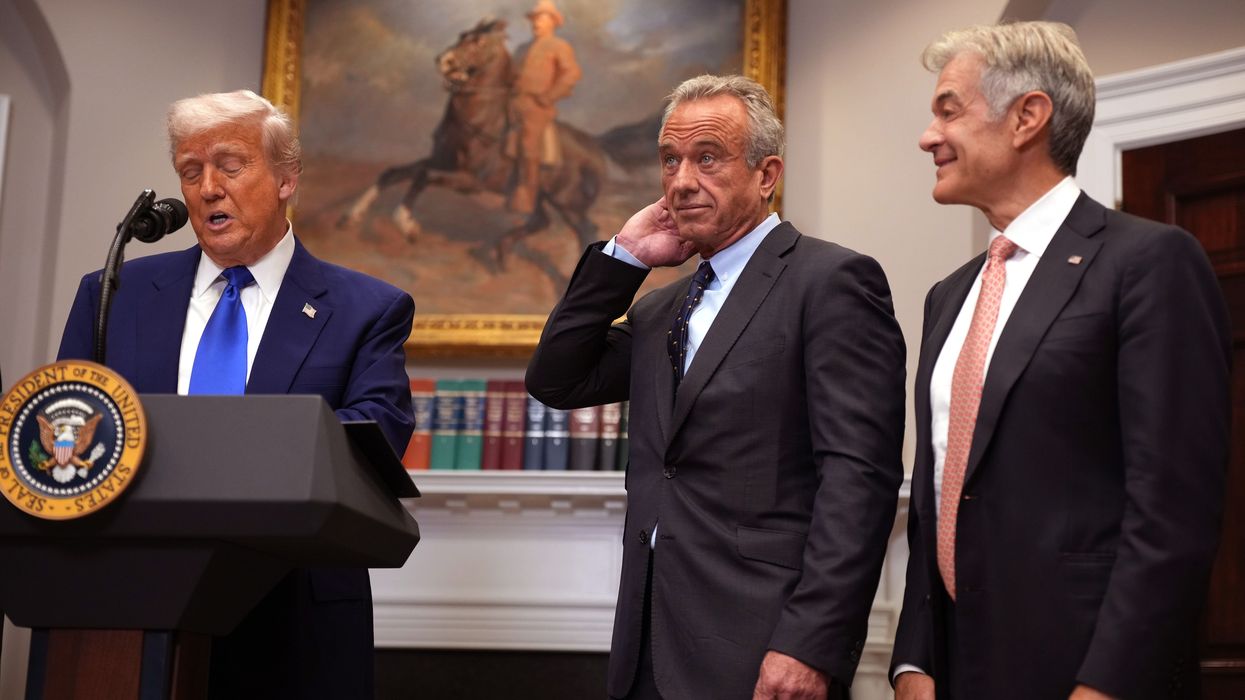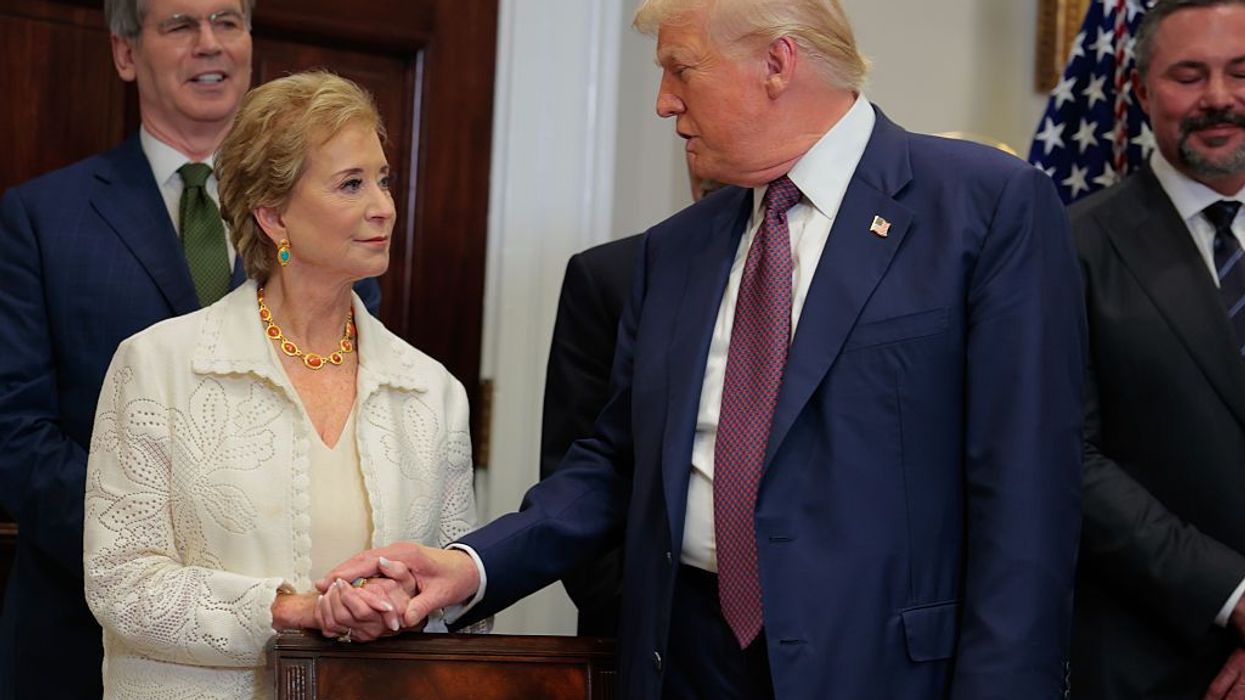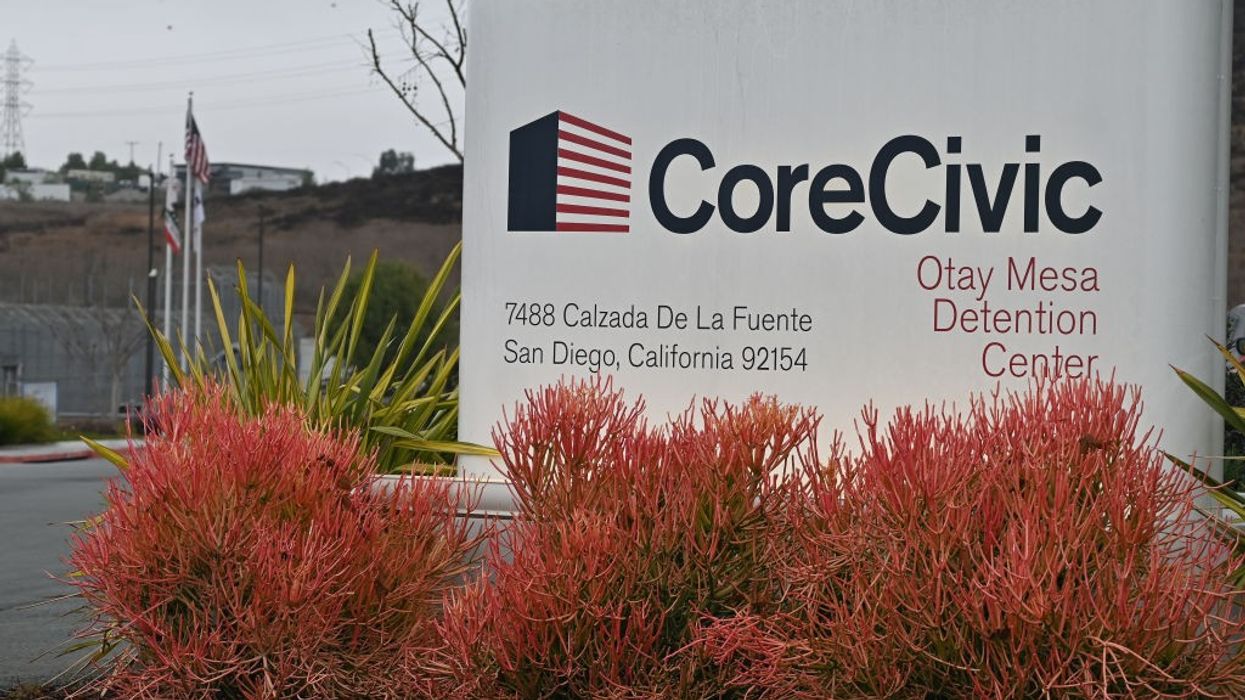Just like large. private health insurance corporations, the US private-profit incarceration system has the inherent tendency to invent new needs, disregard all boundaries, and turn everything into big profit. Limitless greed for money becomes a disease where a person may become oversaturated with food… but no one or private prison corporation ever has enough wealth. Wealth addiction is a greedy compulsion to obtain more and more wealth, and specifically obtain what belongs to others. The effect is to injure others because it is adversarial and harmful to society as a whole.
The private prison industry pushes for harsh immigration policies intended to drive up immigration detention. And private immigration detention centers suffer from many of the same problems as private prisons and jails, but the people held in them have even fewer rights and thus, at times, can suffer even more abuse.
What Is Private Immigration Detention?
Emerging from the Reagan administration’s advocacy of privatization of public services, immigration detention is now a booming business for private prison corporations. Today’s profiteering involves the complete outsourcing of the criminal legal system to the highest bidder. Corruption of money in politics allows greedy corporations to decimate families in disproportionately Black, brown, and Indigenous communities.
With burgeoning anti-immigrant rhetoric and legislative crackdowns at all levels, private prison corporations are increasing their hold on US detention policy. Today about 90% of detained immigrants are held in privately operated facilities, the highest percentage in US history. In a for-profit prison, jail, or immigrant detention facility, people are imprisoned by a private third party that contracts with a government agency. Contractual agreements between governments and private entities commit prisoners to privatized facilities and are paid a per diem or monthly rate, either for each immigrant or prisoner in the facility, or for each place available, whether occupied or not. Such contracts may be for the operation only of a facility, or for design, construction, and operation.
The Trump administration leaves no doubt that it will detain as many undocumented immigrants as it can and send them to for-profit centers. And to help make sure that happens, private prison companies spend millions on campaigns and congressional lobbying efforts, just like businesses that sell cars, real estate, hamburgers, or toothpaste.
Everyone interested should join all state and local efforts to end privatization. profiteering, and barbarous inappropriate imprisonment of immigrants.
Next to private health insurance corporations, there is no greater disconnect between the public good and private interests than the rise of corporate-owned and-operated for-profit jails. The interest of private jails lies not in the obvious social good of having the minimum necessary number of inmates, but instead having as many immigrants and prisoners as possible housed as cheaply and profitably as possible. In the push for austerity and privatization, private profit US prison corporations have become premier examples of private capitalist enterprises seeking profits from the misery of man while trying to ensure that nothing is done to decrease that misery.
Profiteering private prison corporations are cashing in on the misery and desperation of US citizens as many county jail and state prison systems privatize throughout the nation. Private companies house over 10% of the nation’s total prison population, with privatization and profiteering madness now extending to well over 6 million people under correctional supervision, more than ever were in Stalin’s gulags.
Very alarming, the private prison industry now incarcerates 90% of all immigrant children, adolescents, and adults. A spokesman for Immigration and Customs Enforcement (ICE), Alonzo Pena, acknowledged that the private companies have all too often fallen short, noting that “it wasn’t their priority to ensure that the highest standards were being met.” ICE deserves some blame and responsibility: “We set up this partnership with the private industry in a way that was supposed to make things much more effective, much more economical, but unfortunately, it was in the execution and the monitoring and the auditing we fell behind, we fell short.”
How to Privatize a Jail
The standard method for privatization of jail:
- Defund government services to make sure things don’t work and people get angry;
- Hand program over to private capital;
- Continue to defund local publicly funded jail and state prison services;
- Urge and pressure county commissions and state government to allow for-profit, private prison corporations to take over under the guise of “rescuing” jail functions; and
- Promote the “appearance of rescue” of the county jail or state service by self-serving private profit driven programs to the community.
In reality it’s not long until privatization falls short in quality service; the private jail program saves money by employing fewer, less-trained guards and other workers and pays them badly, with horror stories often accompanying how these jails are run. In addition to Department of Justice (DOJ) studies and experience showing that governments save little money, if any, by turning over prison functions to private outfits, the DOJ also concluded that private prisons were in general more violent than government-operated institutions, and ordered a phaseout under the Obama and Biden administrations of their use at the federal level. Regrettably, reversing that order was one of the first things that President Donald Trump did on taking office.
Claims of Private Prison Corporations
Without evidence, private prison corporations always claim that their program will save the county and state millions annually. Private companies, such as CoreCivic and GEO Group, tout their virtues by saying they build and operate prisons more cheaply than governments can, due to the public sector’s many mandates. Their day-to-day operations are similarly more efficient and less costly, they assert, and they do it all without compromising public safety. The bottom line, they say, is that they allow governments to free up public funds for pursuits that mean more to most taxpayers than how felons or immigrants are jailed. To make sure that happens, private prison companies spend millions on donations to politicians from both political parties at all levels of government, campaigns, and congressional lobbying efforts, just like businesses that sell cars, real estate, or hamburgers.
“Privately operated facilities are better equipped to handle changes in the flow of illegal immigration because they can open or close new facilities as needed,” said Rodney E. King, CoreCivic’s public affairs manager. Critics tell a different story. They cite moments like a 2015 riot to protest poor conditions at a prison in Arizona run by another major private player, Management and Training Corporation. Earlier at that same institution, three inmates had escaped and murdered two people.
Many case examples show scrimping by private immigrant detention facility operators, with bad food and shabby healthcare for inmates, low pay and inadequate training for guards, and hiring shortages. At immigrant detention centers, operators see little need to offer extensive educational programs for children or job training since people held there are mostly destined for deportation. Basic hygiene items like toothpaste or tampons are marked up by 300% or more by Commissary corporations. Contributing to suffering and preventable deaths, some private healthcare providers routinely delay or deny treament behind bars. Private food vendors serve meals that are frequently expired or nutritionally inadequate, all in the name of cutting costs and maximizing returns. “To maximize profit, you minimize your expenditures,” said Rachel Steinback, a lawyer for hunger strikers.
US DOJ Concludes No Cost Savings
Despite many promises that jail and prison privatization will lead to big cost savings, such savings, as a comprehensive study by the Bureau of Justice Assistance, part of the US Department of Justice, concluded, “have simply not materialized.” To the extent that private prison and jail operators do manage to save money, they do so through “reductions in trained staff, fringe benefits, and other labor-related costs.” Economist Paul Krugman noted that “as more and more government functions get privatized, states become ‘pay-to-play’ paradises in which both political contributions and contracts for friends and relatives become quid pro quo for getting government busines.”
Conclusion
The corrupt nexus of privatization and patronage by private 1% corporations and oligarchs is undermining local and state levels of government across the USA. Longer-term institutionalization by for-profit corporations is promoted via harsh sentencing guidelines and other means for keeping inmates doing lengthy, and very profitable for the corporation, sentences. To fix this problem, we should demand that private corporations be removed from the administration of our local, state, and federal public prison programs. Privatization of jail services increases costs without any corresponding increase in quality or care. Until then, the powerful in county, state, and federal government, along with their corporate oligarch partners to whom they are beholden, will continue privatizing and profiteering as they please, while laughing all the way to the bank. Everyone interested should join all state and local efforts to end privatization. profiteering, and barbarous inappropriate imprisonment of immigrants.
In the new book, The Prison Industry: How it Works and Who Profits, authors Bianca Tylek and Worth Rises write:
Private prisons have embedded themselves in every facet of the criminal and immigration systems. While people have begun to challenge private prison corporations, there must be vigilant attention paid to the industry’s attempt to change its toxic image and expand into adjacent business lines. After all, whether walls are built out of concrete, wire, or WiFi, a prison is still a prison, and a private prison still needs more bodies to grow. No matter their form, private prison corporations have no place in any system that claims to be about justice.


